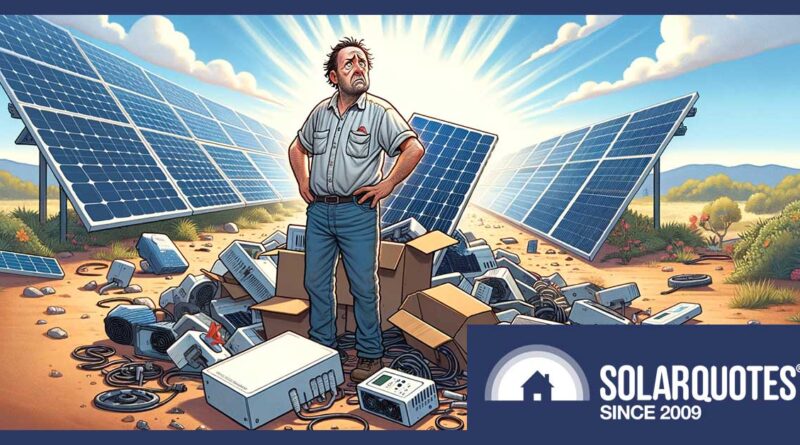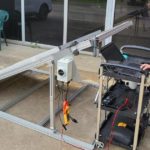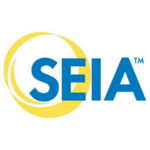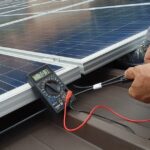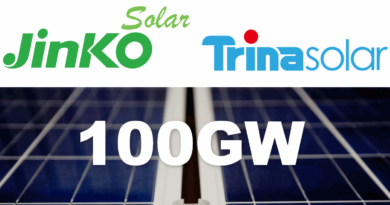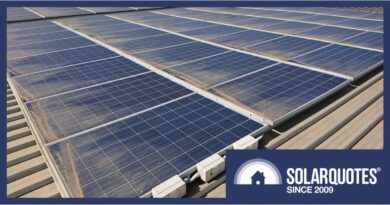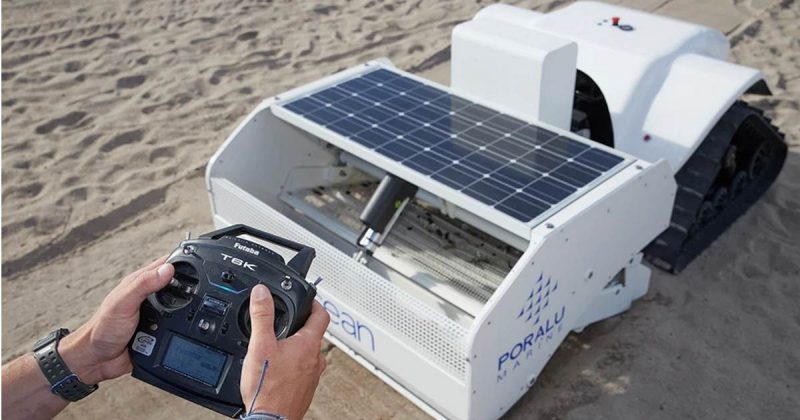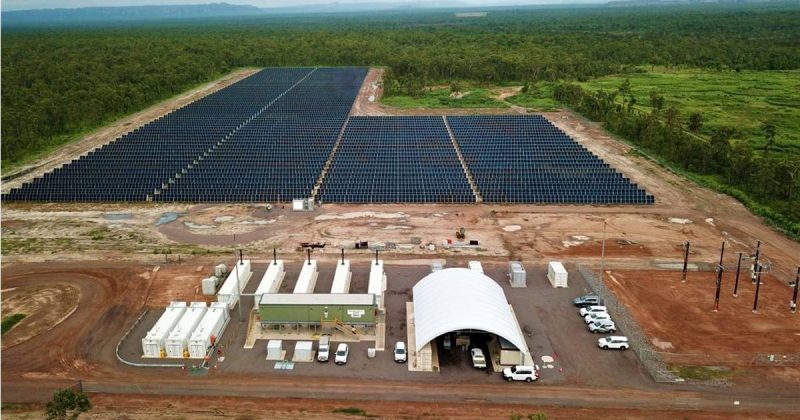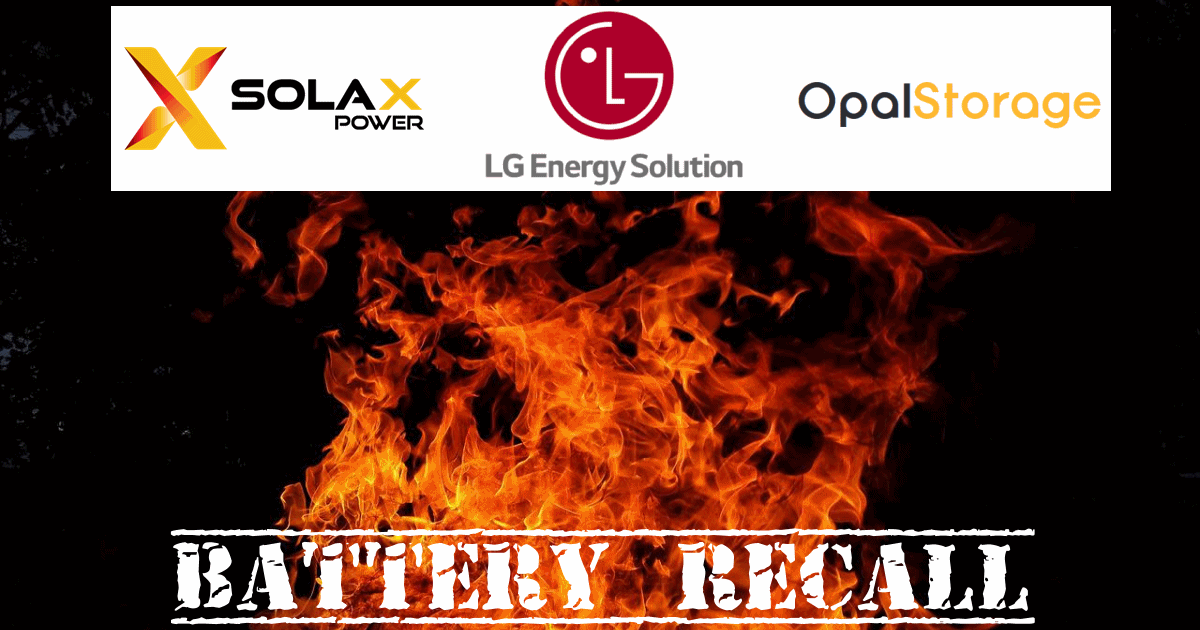Inverters Binned, Panels to Waste: The Harsh Reality of Solar Standards
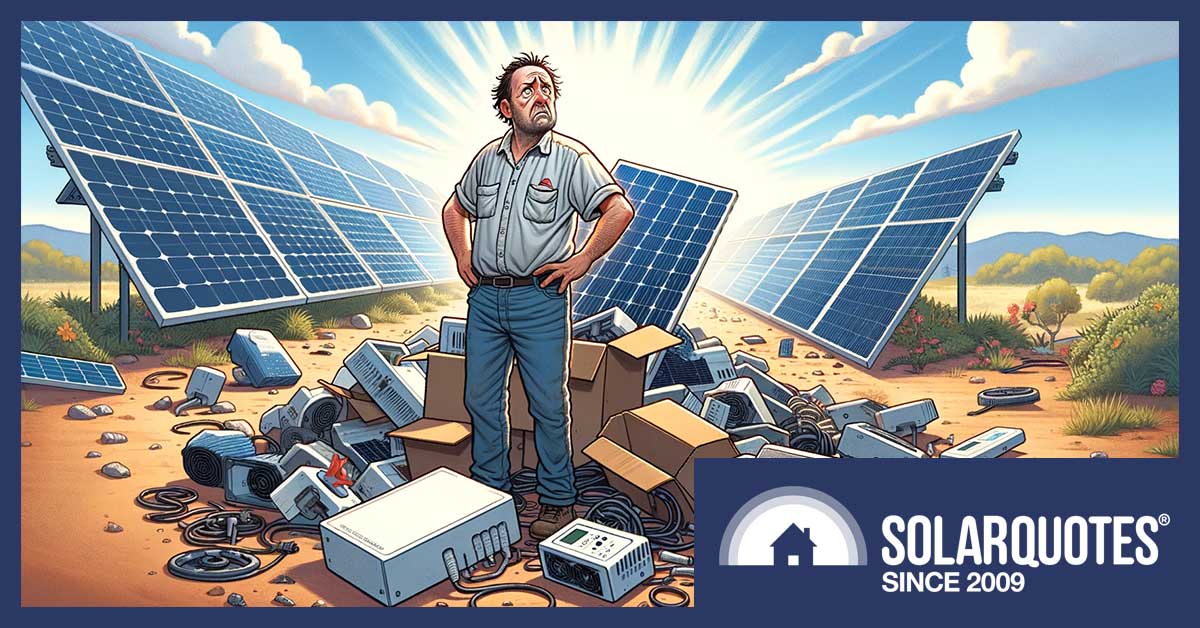
Pat Southwell is an Electrical Inspector, solar installer and electrician based in metropolitan Melbourne.
Picture this: Mike, a seasoned solar installer with over 15 years experience, is compelled to bin a perfectly functional solar system—inverter, panels and all—solely because of inflexible Australian Standards.
This scenario is all too real in an industry hindered by well-meaning but outdated standards. Brace yourself as I dive into whether Australian Standards act as guardians or stumbling blocks for solar’s full environmental potential.
When Alterations Lead To Landfill
I frequently get calls from frustrated solar installers like Mike, struggling to navigate standards when making alterations or adding equipment. What installers want is reasonably straightforward: the flexibility to repurpose older but reliable solar gear rather than sending it straight to the scrapyard.
However, Australian Standards often classify older equipment as non-compliant for relocation or reuse, forcing installers to replace systems that are still operating smoothly.
“Why toss out something that’s still working fine?”
…asks Mike, echoing the sentiment of many installers dealing with this solar headache. The root of the issue lies with safety-focused Australian Standards struggling to keep pace with the industry’s rapid evolution. Let’s break this down.
The Importance of Safety Standards
First, acknowledging Australian Standards’s vital role in upholding safety is key. No one, especially a licenced inspector like me, disputes the need for standards ensuring installations meet stringent quality and reliability criteria protecting consumers.
However, the solar sector’s dynamic nature means frequent tech breakthroughs quickly outdate existing standards. The prolonged standards development process then lags behind innovation. For example, updated in 2021 after years of review, the main Australian solar installation standard, AS/NZS 5033 is already outdated and causing problems for installers. Such sluggishness hinders progress.
Binning Brilliant Inverters
With solar technology and techniques advancing swiftly, installers must adapt continually to remain competitive. However, strict standards compliance gets in the way.
Veteran installer Bruce recently wanted to relocate a still-functional SMA inverter from 2008 to accommodate a customer’s renovation. However, the standards classify relocations as “alterations”, which mandates that any hardware must be up to the latest Australian standard. Much to Bruce’s frustration, he was forced to discard the still-performing SMA inverter. Those old SMA inverters keep on going and going, and it’s a real shame to euthanise them.
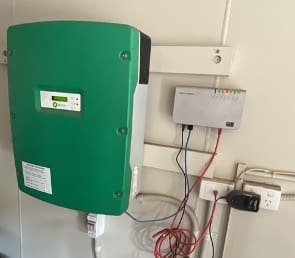
SMA (rebranded BP) inverter installed in 2008, still working – removed
Grace, another seasoned installer, suggested moving a reliable 2010 Fronius inverter to make space for upgraded capacity. Once again, the standards wouldn’t permit relocating this perfectly working inverter.
Grace told me:
“How do standards expect me to integrate new technology when they won’t let me move existing gear that works fine?”
Rigid standards put installers in a tough spot, sometimes making them look like they’re just after a sale. They have to tell customers that they need to replace kit that’s still doing its job. These rules are more of a hindrance than a help, blocking the way forward instead of paving it.
Scrapping Superb Solar Panels
Mike wanted to shift solar panels from a 2008 system to another onsite building needing extra capacity. Despite output uncompromised by age, Australian Standards dictated discarding these solar panels for brand new ones—an absurd sustainability outcome! Surely, with some regulatory creativity, it should be possible to balance safety with sustainability here.
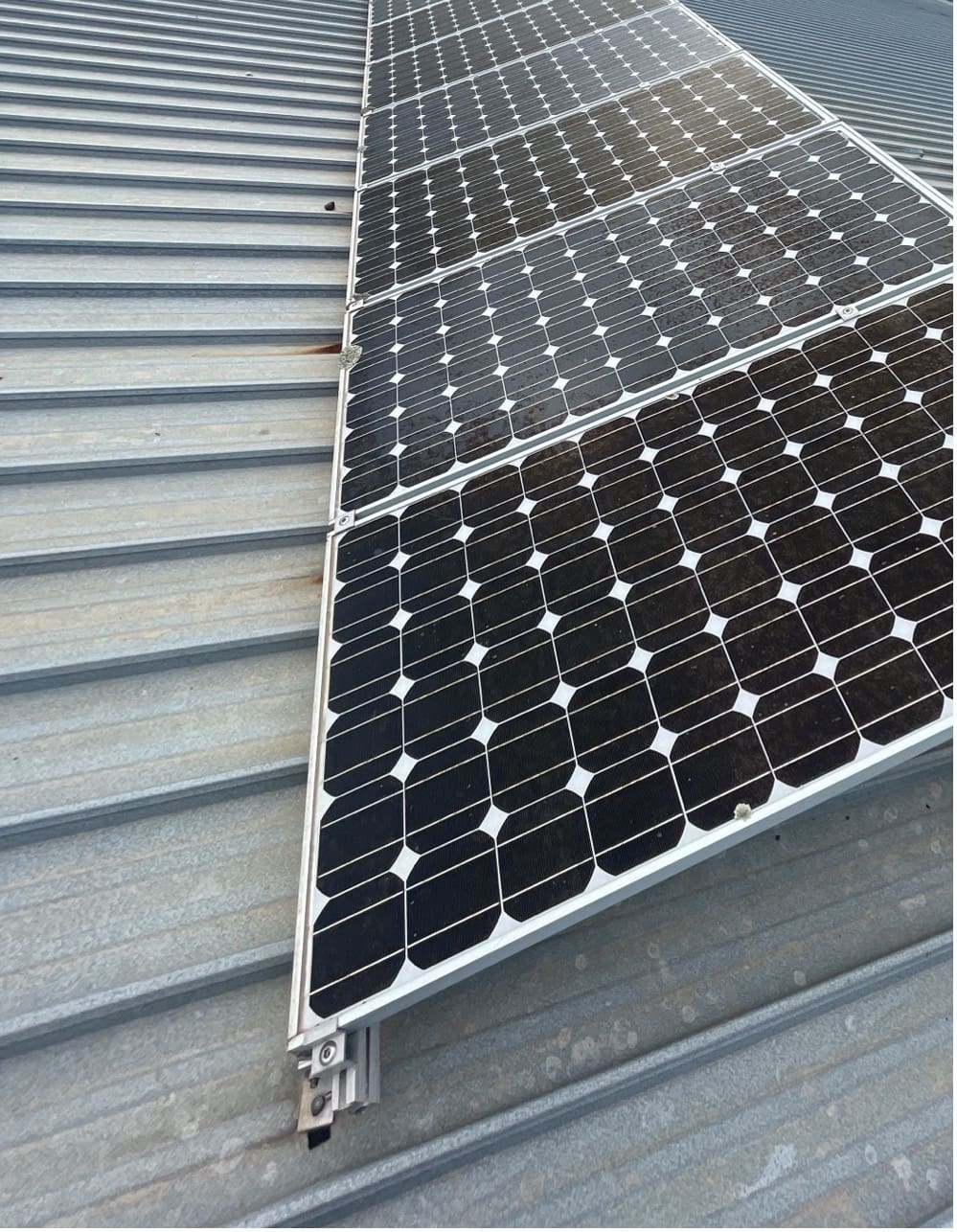
BP modules installed in 2008 – still working fine, sent to the scrapheap
Revamping Solar Standards: A Four-Step Plan for Sustainability
I’ve pinpointed the problems, so what’s the fix? Here’s a four-step plan to get Aussie solar standards back on track:
- Speed Up and Sync Standards with Innovation: Work closely with the industry to ensure rules keep up with tech advances. Safety is essential, but it shouldn’t stop progress. When done well, safety and innovation can go hand in hand.
- Boost Installer Training: Regularly update training for installers, focusing on real-world standards. This will help them handle new setups and changes easily. Skilled installers mean fewer hiccups and better compliance.
- Make Rules More Flexible: Allow the reuse of still-good older equipment instead of just ruling it out. This approach honours both sustainability and safety.
- Consider Environmental Impact in Standards: When setting rules, consider the planet, not just safety. Involve waste management experts and sustainability experts to make more balanced decisions.
We need to drag our standards into the 21st century to give the solar industry a real boost. This approach can spark more innovation, ramp up safety, and benefit everyone – consumers, installers, and the Earth. The opportunity is huge, but it’s up to our industry leaders and policymakers to strike the right regulatory balance.
Original Source: https://www.solarquotes.com.au/blog/waste-standards/

